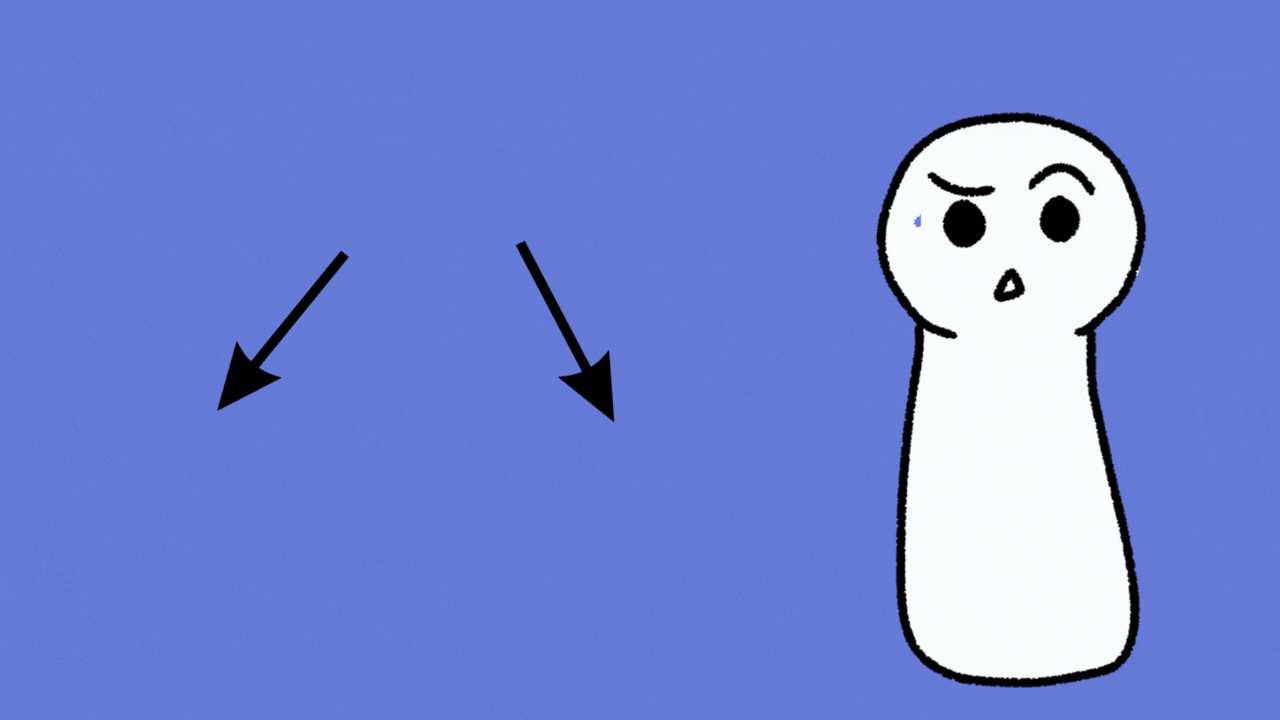Don't miss our lessons!

Zero and First Conditionals
From expressing real-world possibilities to hypothetical situations, learn how to construct and use zero and first conditionals with confidence. Don’t miss out on mastering these vital structures—read now and level up your English grammar game! 🌟
Grammar
If Statements
Practice how to use zero and first conditionals.
Transcript
Introduction:
Host: Hello and welcome to the English Magnet. Today’s video: Zero and First Conditionals Made Easy! Conditionals or ‘if statements’ are crucial for English learners. They’re a kind of complex sentence using two verbs and these sentence structures can take your English from basic to brilliant. Be sure to watch until the end to learn about the most common mistakes. Alright, let’s jump right into it!
Part 1: Conditionals Zero and First (complex sentence, condition, result)
Ok, so conditionals (or conditional clauses) are structures that express the relationship between a condition, something that might happen and its potential outcome or result. They’re often used to talk about real or hypothetical situations and the consequences that may follow. There are different types of conditional clauses: Zero, First, Second, and Third. In this video, we’ll focus on the first two types which encompass very likely and possible conditions.
Part 2: Zero Conditional
The zero conditional is used to talk about facts, or situations that are always true whenever a specific condition is met. It’s a cause-and-effect relationship in situations that are predictable and consistent. In other words, it’s a statement in the form of a condition, generally grounded in reality. Its structure is (graph: if+present simple, present simple).
For instance:
If we mix blue and red, we get purple.
If you introduce a beehive to a garden, it attracts pollinators like bees.
By the way, it’s ok to change the order of the condition and the outcome, whatever feels more comfortable to you. Moreover, with a zero conditional you’re free to use ‘if’ or ‘when’ as both have the same meaning since the result or the outcome always happens. We get purple when we mix blue and red. It attracts pollinators like bees when you introduce a beehive to a garden.
Part 3: First Conditional
Now, the first conditional is about possibilities and potential outcomes based on a condition. If number one happens, then number two will follow. It’s used for realistic and likely future situations based on a present condition. Its structure is (graph: if+present simple, will/won’t + base form verb).
For instance:
If I pass this driving exam, I won’t need to do it again.
If you learn a new language consistently, you will be able to communicate fluently.
Again, feel free with swapping the condition and the result, the order doesn’t matter. However, here ‘if’ and ‘when’ don’t quite mean the same thing. With ‘if’, we don’t know whether the condition will happen or not. While with ‘when’ we expect the condition to be met eventually, it’s just a matter of time. When I pass this driving exam, I won’t need to do it again. The meaning here is that eventually I’ll manage to pass this driving test. (hopefully soon enough 😉 ).
Part 4: Common Mistakes
Ok, now let’s go over two common mistakes; better safe than sorry.
The first one: Avoid using ‘will’ with ‘if’. It’s a rather common mistake; usually instead of ‘will’ you should be using the present simple. For instance, If you will wake up early, you will see the sunrise. Even phonetically, you can hear ‘will’ twice and that’s a no-no in a conditional statement. Just remove the ‘will’ found after ‘if’. That’s it! If you’re working with he/she/it don’t forget the ‘s’ at the end of the verb.
The second mistake: Don’t mix up the condition with the outcome, or in other words, don’t use ‘if’ in the result. For example, The bird will fly too low, if the cat catches it. Here the sentence is grammatically correct, but logically it’s nonsensical. The condition should be about the bird flying too low, not about the cat. So, you switch the ‘if’ and tweak your tenses to get: If the bird flies too low, the cat will catch it. Now, that’s more like it.
Wrap up:
- Host: Hopefully, this has been helpful. If you’re in the mood, you will click (first conditional… looks like this will likely happen ;)) on the link to access some free grammar activities directly related to this topic. Keep practicing, and you’ll get the hang of it. Thank you for watching. Until next time!